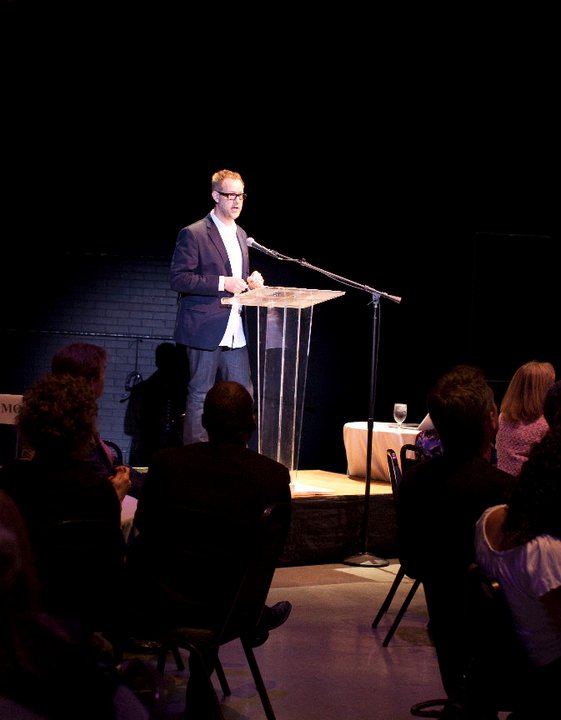At 56, I’m learning how to more deeply trust myself.
That sentence carries more weight than I ever expected. Because trusting myself isn’t about believing I’m right, it’s about believing I’m true. That who I am, as I am, is enough. That what I bring, when it comes from the gut, has its own kind of wisdom. And that I don’t need to contort myself into someone else’s shape just to belong.
It was subtle. A calibrated adjustment. A deferral of instinct.
But let me be honest: contortion has been a skill I’ve practiced well.
For most of my career, I’ve been successful at becoming the person the room seemed to need. A coach here. A strategist there. A persuasive fundraiser. A careful listener. A visionary leader. And it worked. I’ve been a part of some incredible things: ArtPrize, TEDxGrandRapids, and many more. But behind the success was a subtle but persistent tension: I wasn’t showing up as fully as I could have. I wasn’t offering all of myself. My energy was directed at interpreting what others might expect and adapting accordingly.
And while that earned me a seat at the table, it often meant leaving pieces of myself outside the room.

Here’s what that looked like:
In a meeting, I’d instinctively ask myself, What are they expecting right now? How should I respond if I’m supposed to be the coach? Or when thinking about how to grow our consulting practice, I’d fall into the trap of asking, What’s the standard way to do this? What voice do I need to sound like to be taken seriously? Even casual catch-ups with old friends could stir this subtle shape-shifting, where I’d quietly debate which version of myself I should put forward.
None of this was dramatic or performative. It was subtle. A calibrated adjustment. A deferral of instinct. But over time, those quiet misalignments pulled me further from the sense of integrity I’ve always aimed to live by.
So lately, I’ve been practicing something different.
I work to follow my gut—all of the time.
If a story comes to mind, even if it doesn’t seem immediately relevant, I share it and trust I’ll connect the dots. If I want to show up more relaxed, less polished, more inquisitive, I do that. If I feel compelled to ask a harder, more uncomfortable question at an event, I lean in.
It’s not always comfortable. Or clean. Or without consequence. But it’s honest. And when I move this way, I find myself in a different kind of flow—more creative, more connected, more anchored. My outside starts to reflect my inside. And that alignment brings me closer to integrity than any carefully curated persona ever has.
When I was younger, I thought leadership was about knowing what to do. Now I think it might be about knowing who you are—and trusting that’s enough to lead with.
So I’m curious…
– Do you ever find yourself wearing a persona you didn’t consciously choose?
– Are there spaces where you feel free to act on instinct—and spaces where you don’t?
– What would it mean to follow your gut more often, even if it disrupts the room?
This is the work I’m doing right now. It’s personal. It’s messy. It’s mine. And it’s made me a better thinking partner, a better collaborator, and—more than anything—a better version of myself.

